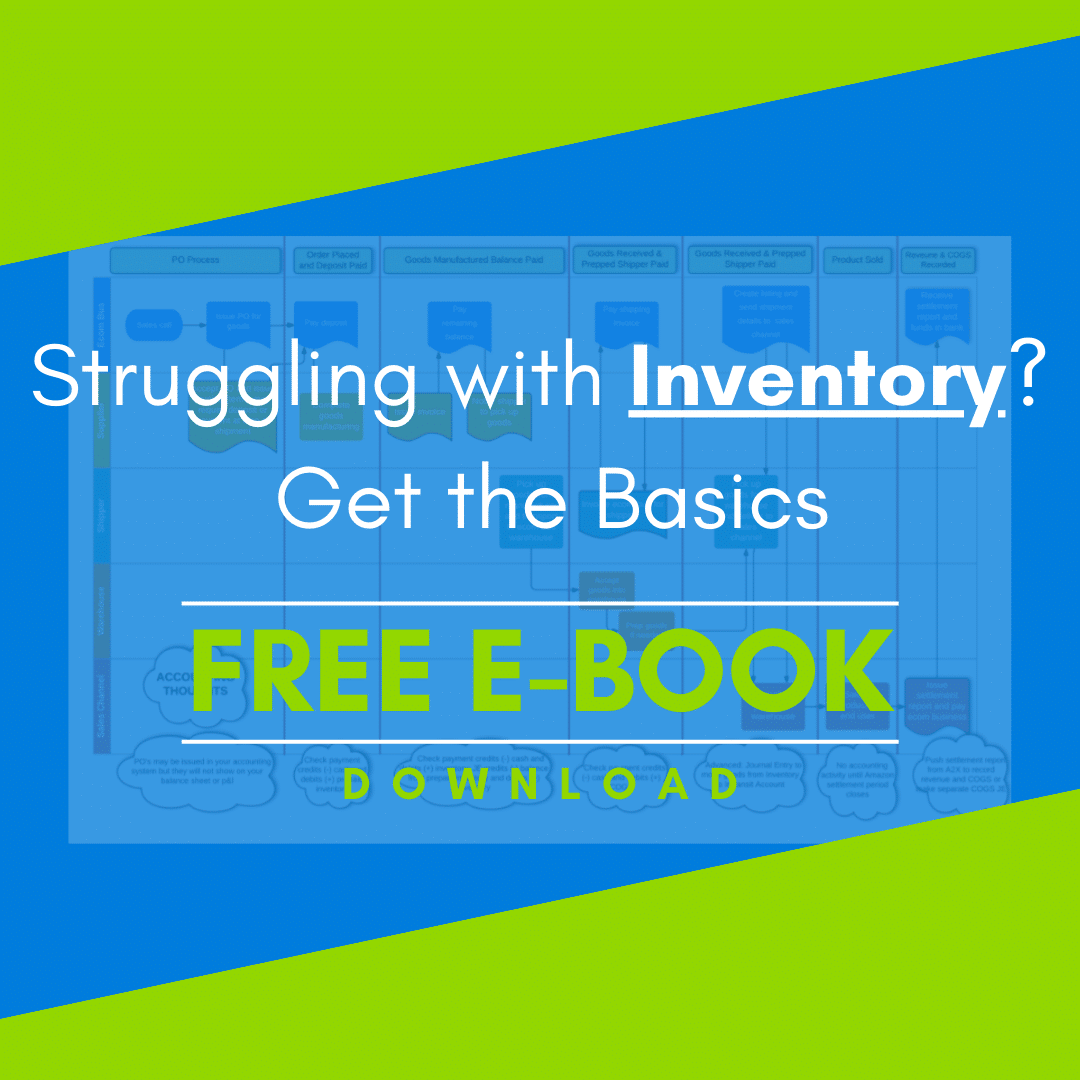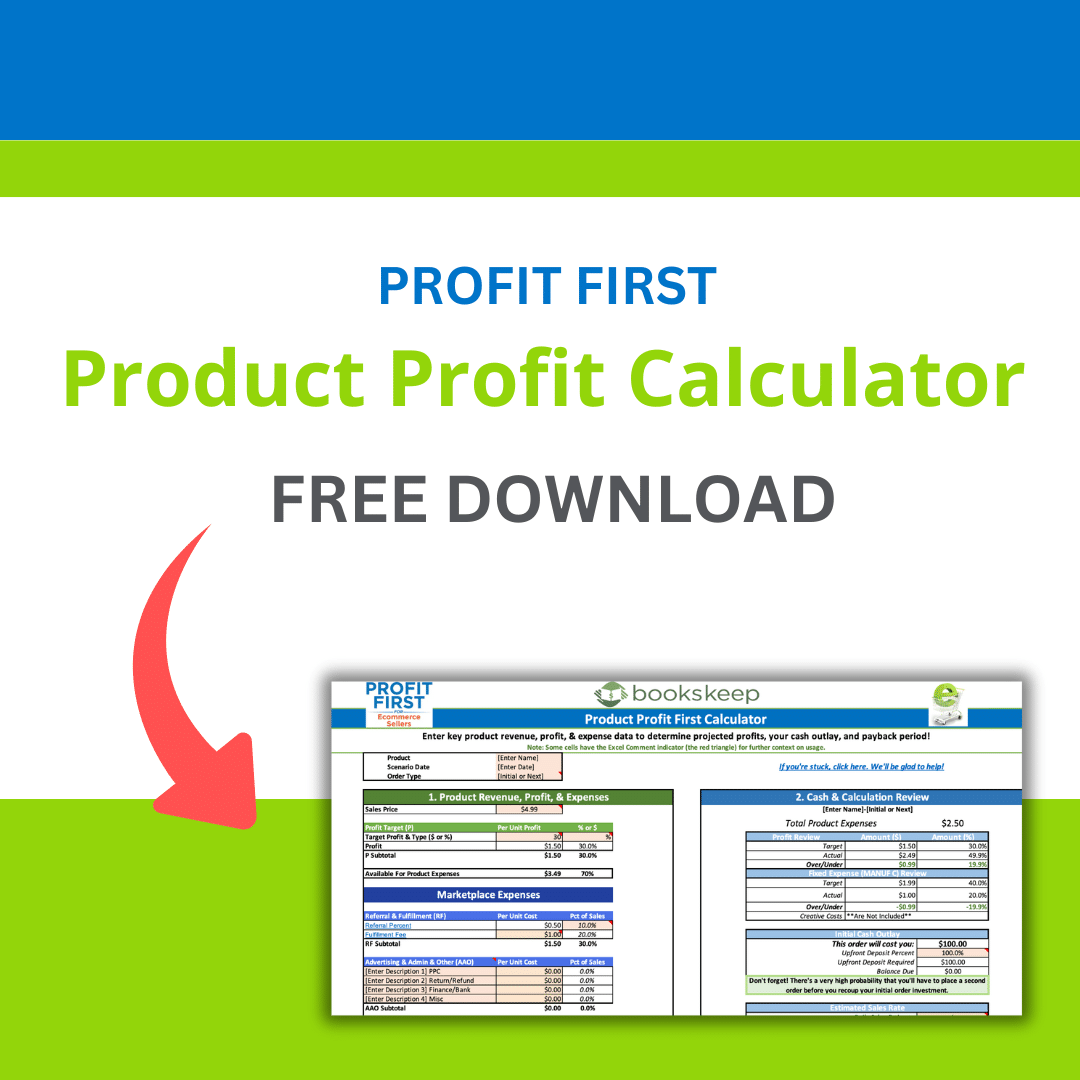Creating the Best Chart of Accounts for Your Amazon Business
A Chart of Accounts is pertinent for organization of your business, especially when selling on Amazon. The chart of accounts will help you understand your numbers and manage your business more effectively. Financial statements are tricky and some of us spend many hours fussing over and trying to understand what we are looking at. Oftentimes, it is not a “you” problem, but rather an issue with the chart of accounts you’re using. Accounting software always come with a “standard” chart of accounts, but that isn’t always the best fit for your ecommerce business.
Don’t Fall Victim of Account Overload
Don’t be afraid to break away from the standard and group similar accounts together. For example, create an account for Supplies to cover cleaning and office supplies. Combining them under a joint term like “Supplies” will make expense reporting more straightforward and avoid unnecessary complexity in your chart of accounts. Keep it simple to avoid headaches later on.
Learn to Work With Summary Reports
Modern electronic accounting software provides extensive capabilities for extracting data and creating reports. However, the real challenge lies in crafting concise and meaningful summary reports. In a large corporate business, limiting the Chart of Accounts to around 20 expense accounts on the Profit and Loss statement was effective in focusing on essential macro information for running the business. Similar principles apply to ecommerce sellers.
While you can still access detailed data when needed, creating summary reports will give you a clear understanding of the big numbers and the overall health of your business. These reports help identify areas for improvement or expansion without getting lost in unnecessary details.
The Importance of Pulling the Right Numbers
There is no need to spend time pulling all the numbers. Focus on pulling the direct costs that relate to the product(s) you sell. Your gross margin is one of the most important numbers you should be monitoring. Be sure to have direct costs in accounts that are in the Cost of Goods section of your Profit and Loss Statement. When the numbers live in the statement, it allows your accounting systems to calculate your margin automatically. It is an incredibly important number, so we do not want any miscalculations.
Income and expenses that doesn’t really relate to your business should be listed in Other Income or Other Expenses. You don’t want the income or expenses factored into the analysis of the Gross Profit and Net Profit.
The Right Chart of Accounts Can Handle the Heavy Lifting
As long as you are clear about the information you will need at the summary level, then leaving your accounting software to run all your calculations is safe. Build your chart of accounts structure and financial reports to give you that information easily each month. The software will easily allow you to dig in to the details when you need to, so try and avoid having the system generate pages of detailed information that you will then have to manipulate in order to create accurate reports. This is much more time consuming for you, and we all know how much extra time you have on your hands!





Leave a Comment